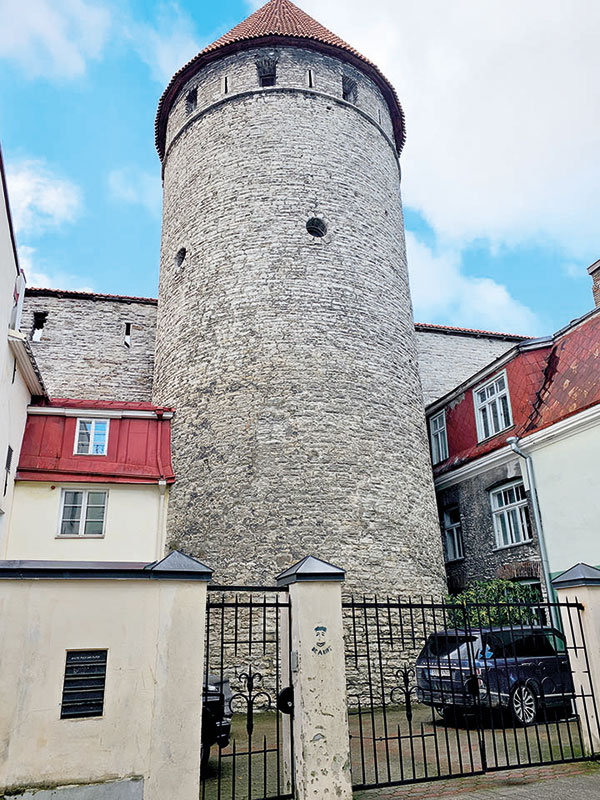
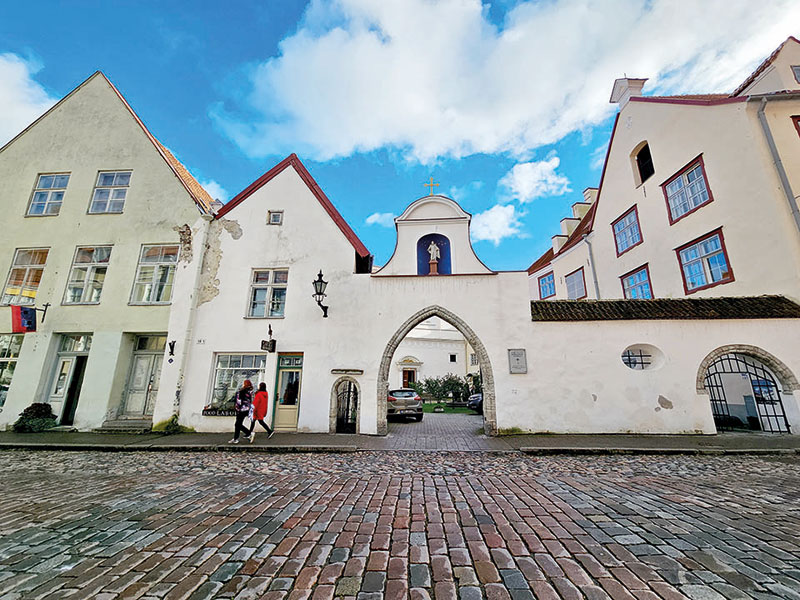
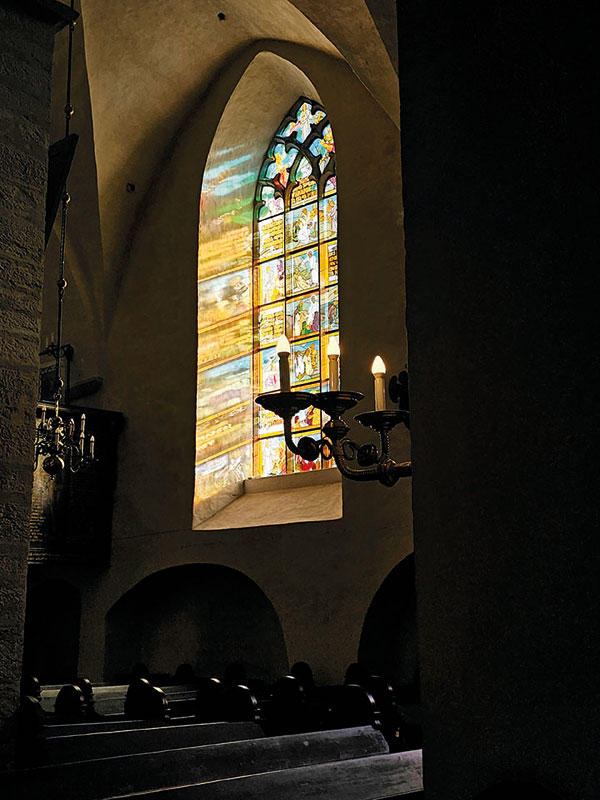
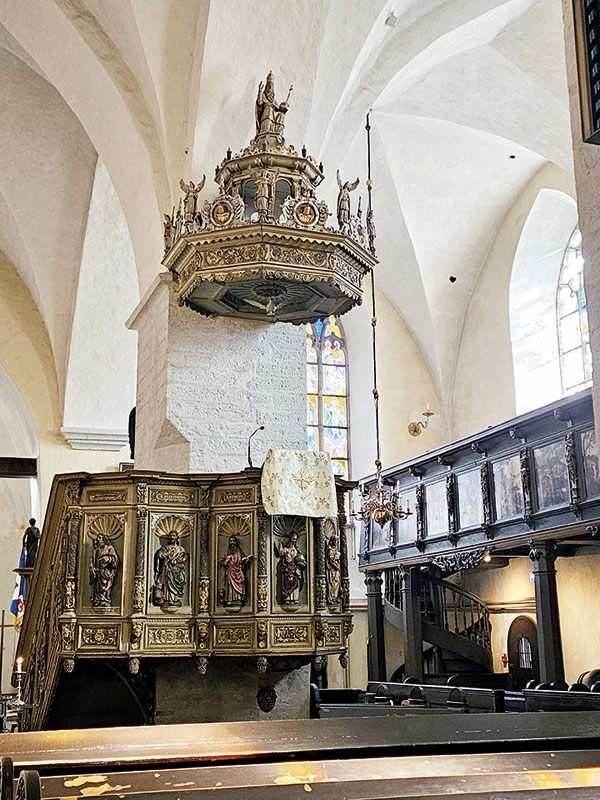
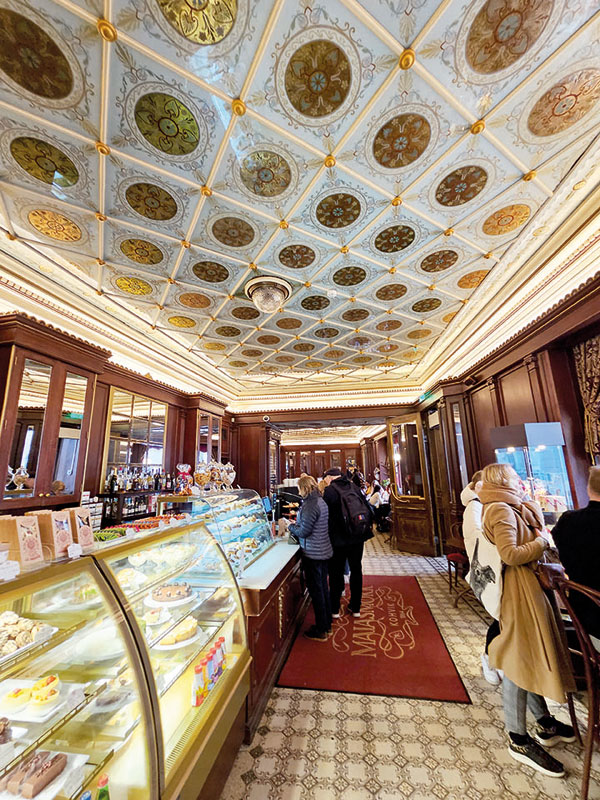
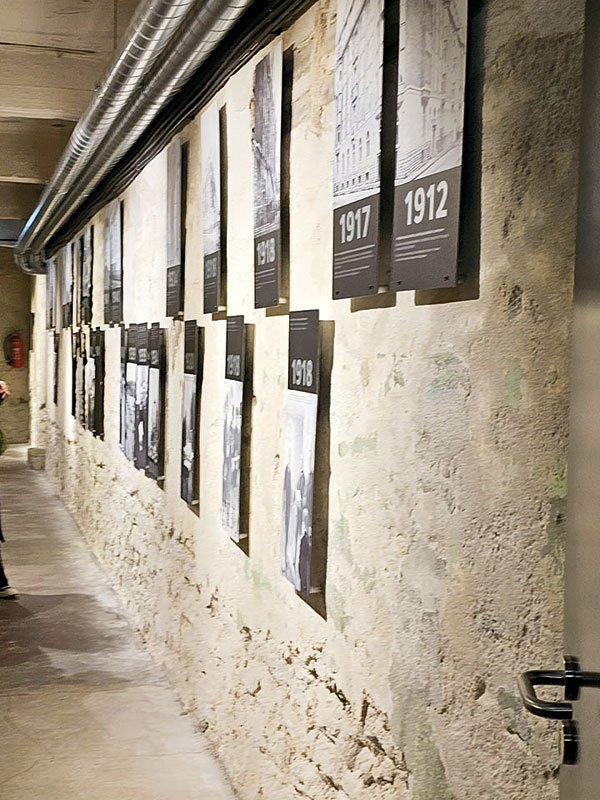
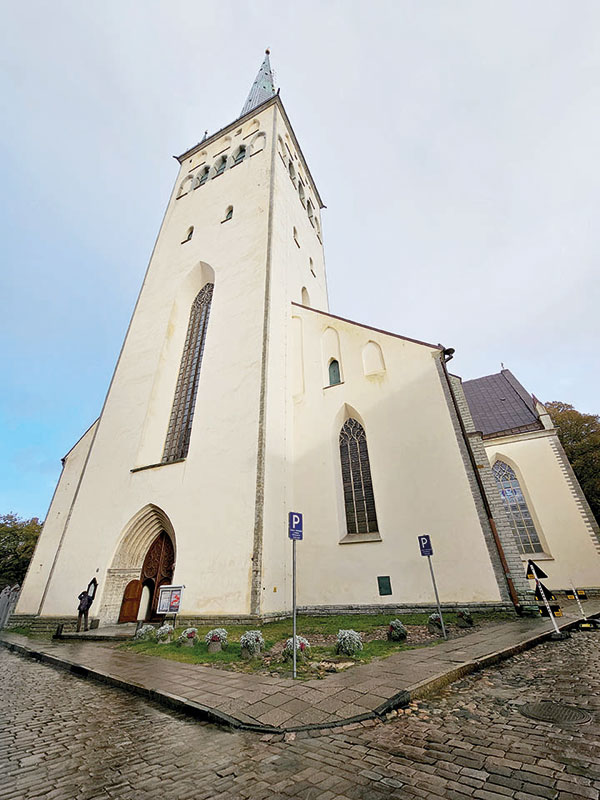
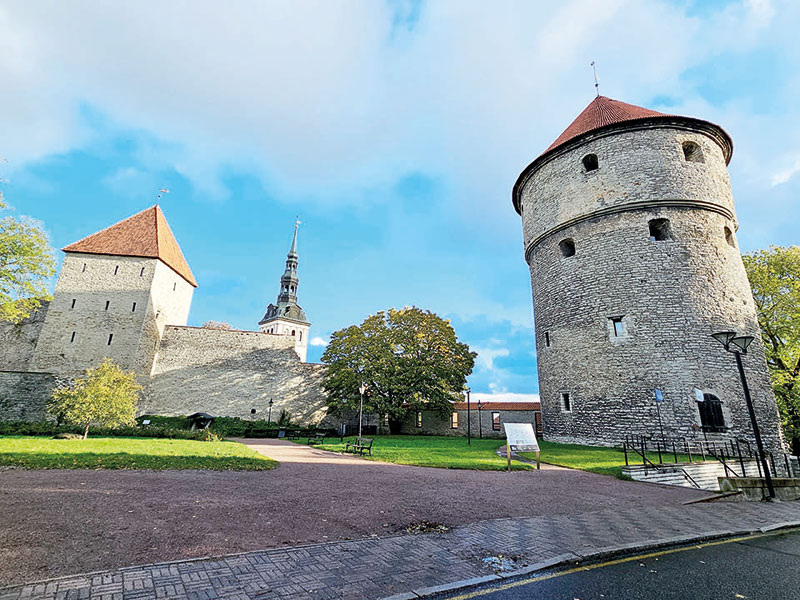
Words and photographs: Tina Edward Gunawardhana
Nestled in the Baltic region of Northern Europe lies Estonia, a captivating land waiting to be discovered. Despite its modest size, Estonia packs a punch with its rich history, diverse landscapes, and vibrant culture. From medieval towns to pristine wilderness, Estonia offers travellers a unique blend of old-world charm and modern innovation. With its medieval Old Town, vibrant neighbourhoods, and scenic waterfront, Estonia’s capital Tallinn has the right mix of charm and modern allure for an unforgettable escape. I opted to spend three days in the Estonian capital of Tallinn which for me was just the right amount of time to explore the old city and its numerous tourist attractions.
My journey began in Tallinn, the capital city that effortlessly marries medieval allure with contemporary flair. As you wander through the cobbled streets of Tallinn’s Old Town, a UNESCO World Heritage Site, you are transported back in time. Take time to stop and look up and admire the Gothic spires of churches as you stroll along the ancient city walls and explore hidden courtyards adorned with colourful facades. The iconic Toompea Castle, perched atop a limestone hill, offers a panoramic view of the city, however when I saw how long the trek to the top of the hill took, I opted to admire the Toompea Castle from afar!
My first port of call was the Balti Jaam Market which is located in the heart of Tallinn. This bustling hub of activity offers visitors a glimpse into the local culture and culinary scene.
Translating to “The Baltic Station Market,” this historic marketplace is housed within a renovated railway station building. Here, visitors can wander through a maze of stalls and vendors, offering everything from fresh produce and artisanal foods to handmade crafts and vintage treasures. The market’s diverse array of offerings reflects Estonia’s rich cultural heritage and entrepreneurial spirit.
My penchant for street art took me to the Telliskivi area which is a creative neighbourhood that is packed with innovation, culture, and artistic energy. Once an industrial complex, Telliskivi has undergone a remarkable transformation into a thriving cultural quarter, attracting artists, entrepreneurs, and creatives from all walks of life. Here, visitors can explore a diverse mix of boutiques, galleries, cafes, and studios housed within repurposed factory buildings, each exuding its own unique charm and character. From trendy pop-up shops and artisanal workshops to vibrant street art and live performances, Telliskivi offers a vibrant tapestry of experiences while exuding a bohemian atmosphere. Also in the complex is Fotografiska which is touted as a beacon of photographic art and cultural exploration. Fotografiska curates a diverse range of exhibitions that inspire, challenge, and ignite conversations about the world we live in.
The Freedom Square, situated at the heart of Tallinn, Estonia, serves as a poignant symbol of the nation’s struggle for independence and resilience. Bordered by significant landmarks such as St. John’s Church and the War of Independence Victory Column, the square embodies the spirit of liberty and democracy. Here, amidst the bustling cityscape, locals and visitors gather to commemorate historic events, celebrate national milestones, and honour those who fought for Estonia’s freedom. With its vibrant atmosphere and historic significance, Freedom Square stands as a testament to the country’s enduring commitment to democracy and unity.
An iconic tourist site in Tallinn is the St. Olaf’s Church, a towering symbol of Tallinn’s medieval skyline, stands as a testament to the city’s rich history and enduring architectural heritage. Dating back to the 12th century, this iconic Lutheran church has witnessed centuries of change and upheaval, yet its distinctive spire remains a beacon of faith and resilience.